Creating Duluth-Themed Art with AI
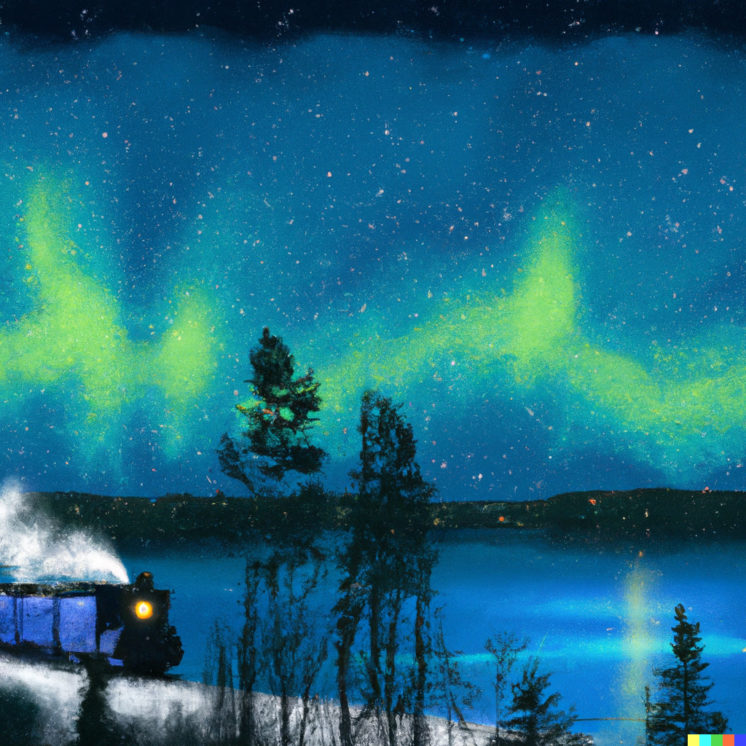
A Van Gogh style painting of a 1920s cargo train traveling on a winter night though an evergreen forest next to a huge blue lake with the aurora borealis in the night sky.
DALL-E is an online tool that uses machine learning to generate digital images from plain English text descriptions. You type a description of something real or imaginary and the program does its best to create a unique image based on that description. After some time on a waitlist, I recently received an invite that allows me to create and download a limited number of artificial intelligence generated images per month. This came at a good time, as I recently found a watercolor print of the Duluth hillside in a Lincoln Park shop that I liked quite a bit but could not afford. I decided to use some of my AI image credits to see if I could get the automated system to produce Duluth art of at least somewhat comparable quality. In the examples that follow, I describe this process, showing what worked and what did not. The captions of each picture show the text query that generated the image.
Trying to get the program to produce specific architecture or just asking for the image to be set in Duluth did not work very well, as the program blends elements of its source images. This means that trying to add a specific Duluth landmark results in an image that seems a bit off. Or In the case of the image below of a family in front of the Aerial Lift Bridge, very off and a little terrifying.
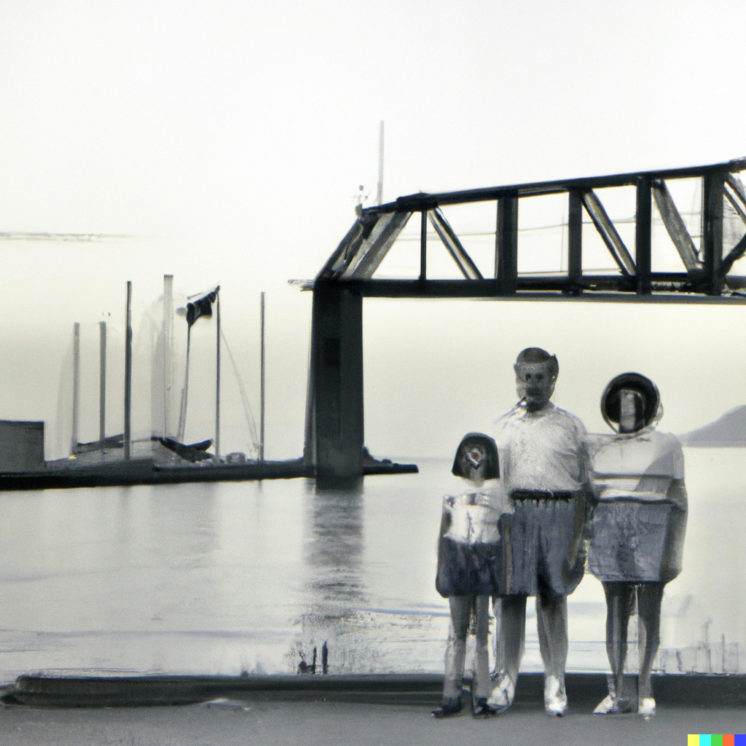
A faded 1970s photograph of a family smiling on a long concrete pier in front of a large metal lift bridge as a sailboat passes under the bridge.
After a few unsuccessful attempts of trying to get Duluth images by including the word Duluth or well-known Duluth places in the query, I started trying to break Duluth down into its most basic elements: a city, a hill, a lake, trees. This started working a bit better.
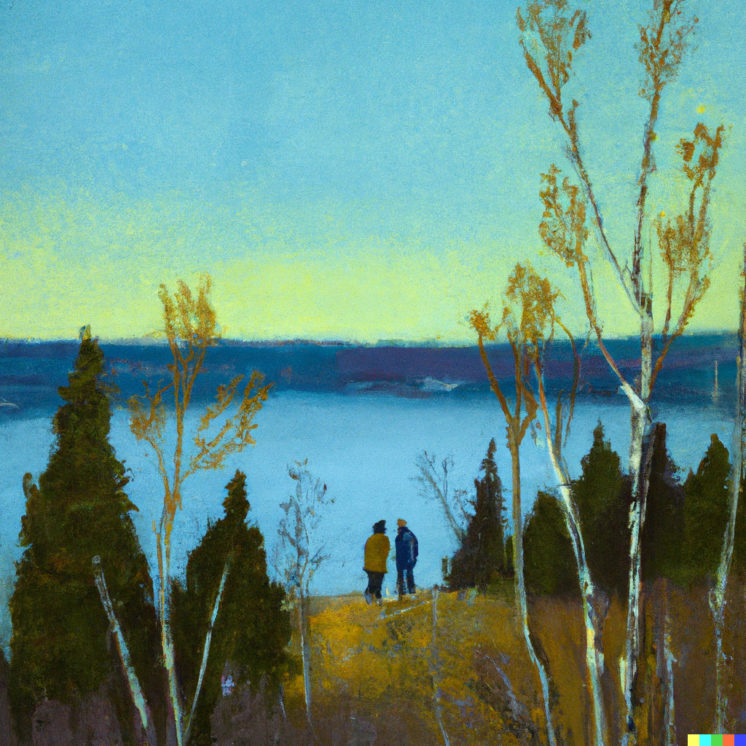
An acrylic painting of a couple standing between birch trees at the top of a hill covered with evergreen trees that overlooks a lake so huge that the water goes to the horizon on a winter day with a clear blue sky.
Note: For each query, the program generates four outputs. For the examples here, I have chosen the output that best matched what I wanted.
The program allows you to imitate a specific painting medium, such as oil or acrylic, but you can also create an image in the style of a particular artist, like Edward Hopper.
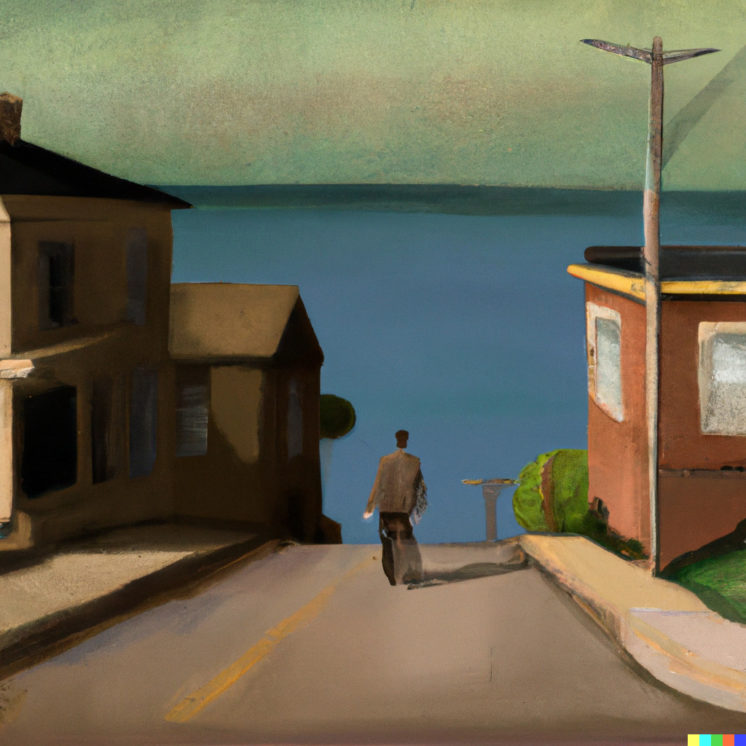
An Edward Hopper style painting of a man walking down a steep street lined with brick houses towards a huge lake.
I tried adding in more specific elements to see if that would give the outputs a better sense of place.
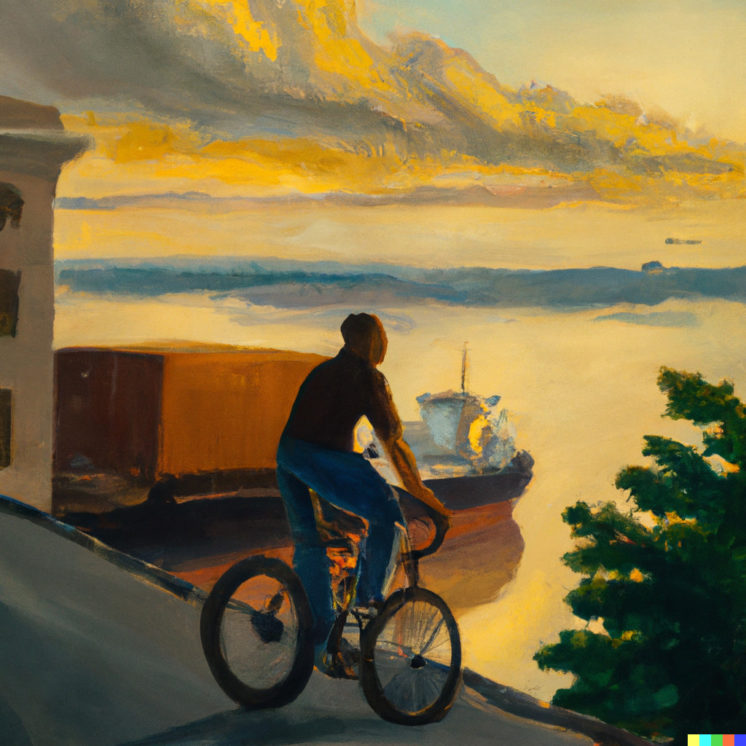
An oil painting of a man biking down a steep city street at sunset in a city on a hill that overlooks a huge lake with one long cargo ship on the water.
Changing just a few elements of the description often resulted in a completely different output.
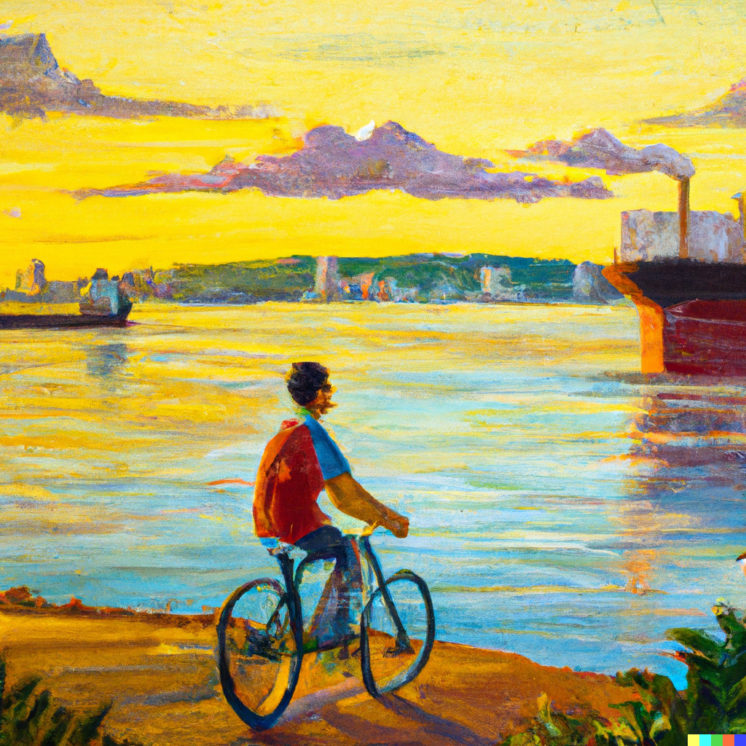
An oil painting of a boy biking at sunset down a hill in a city that overlooks a large lake with a large cargo ship on the horizon.
At some point, I realized that specifying the color of the ship improved the Duluthiness of the results dramatically.
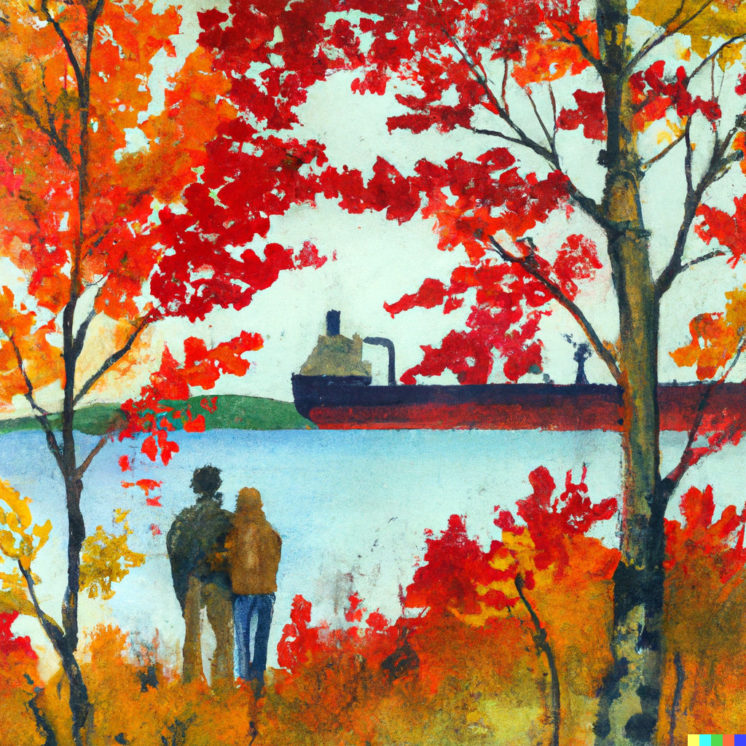
A watercolor painting of a couple standing between maple, asp and birch trees with red, yellow and orange leaves on a bright fall day at the top of a hill that overlooks a huge lake with one red cargo ship on the water.
The challenge was keeping the query manageable while to trying to invoke specific places, like Park Point.
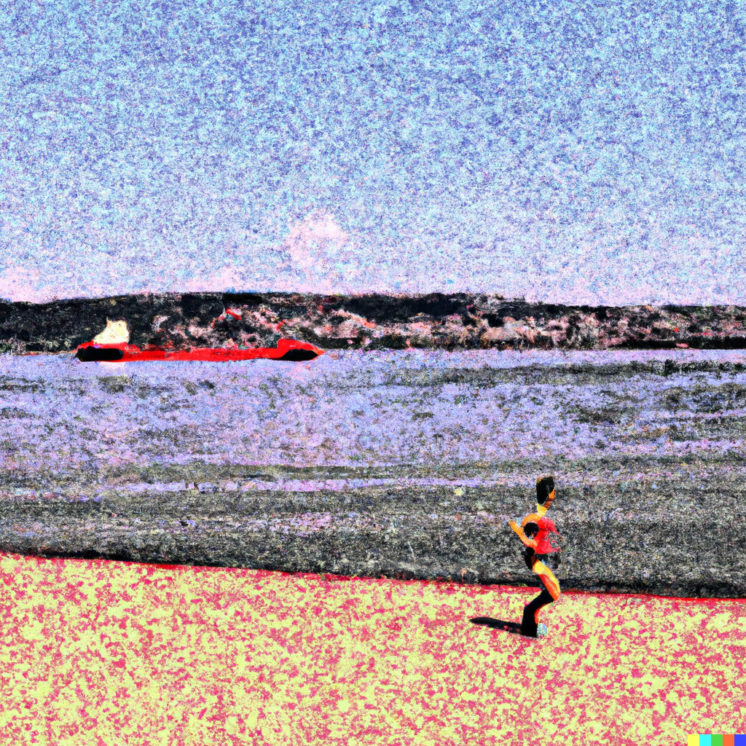
A pointillist painting of woman running along the empty sandy beach of a large lake on clear summer day with a city on a long hill behind her and a large red cargo ship on the water of the lake.
In addition to artwork, one could potentially use the program to create fake historical photos like a trained black bear skiing at Chester Bowl …
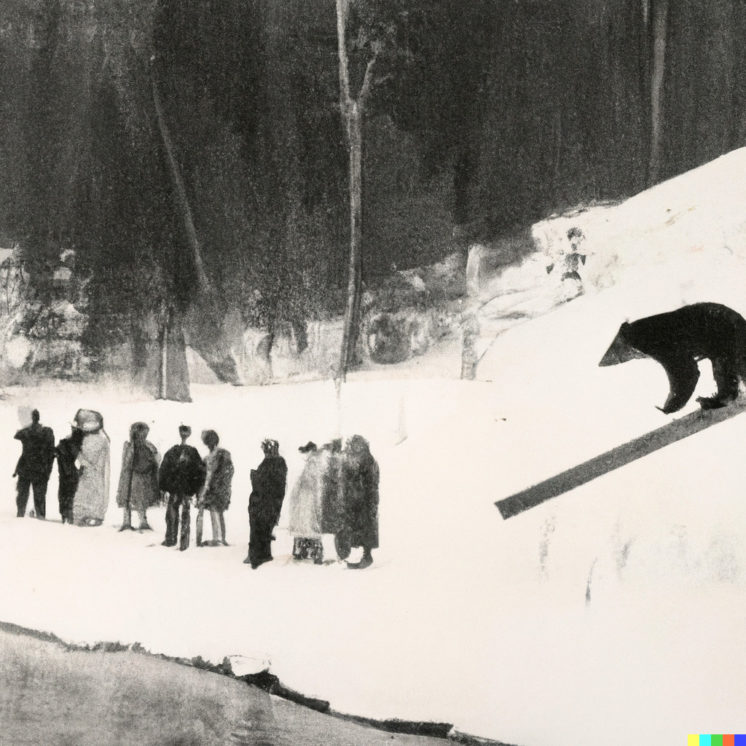
A 1940s black and white photograph of a black bear skiing off a ski jump and over a small frozen river as a crowd watches.
… or to generate images that mimic popular Perfect Duluth Day posts.
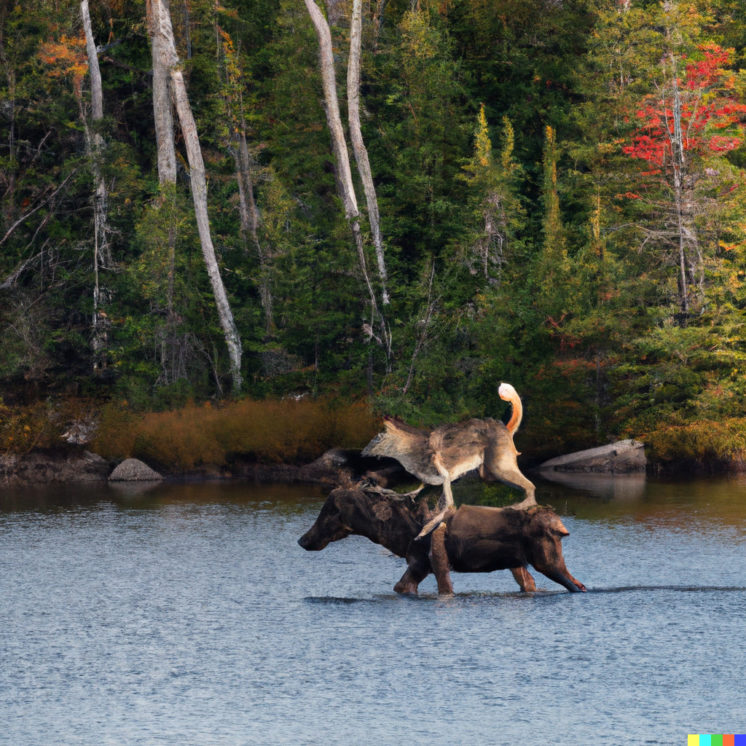
A photo of a wolf riding on the back of a moose with a loon on each antler walking across a shallow lake surrounded by birch and pine trees on a clear autumn day.
But these images, while amusing, don’t match the prompts exactly and aren’t particularly photorealistic. In addition to functional issues like not knowing what a loon is, the program tries to prevent potential misuse by scrambling any human faces in the image.
A better use might be to quickly generate images that show possible futures. For example, what downtown Duluth might look like if Essentia keeps expanding.
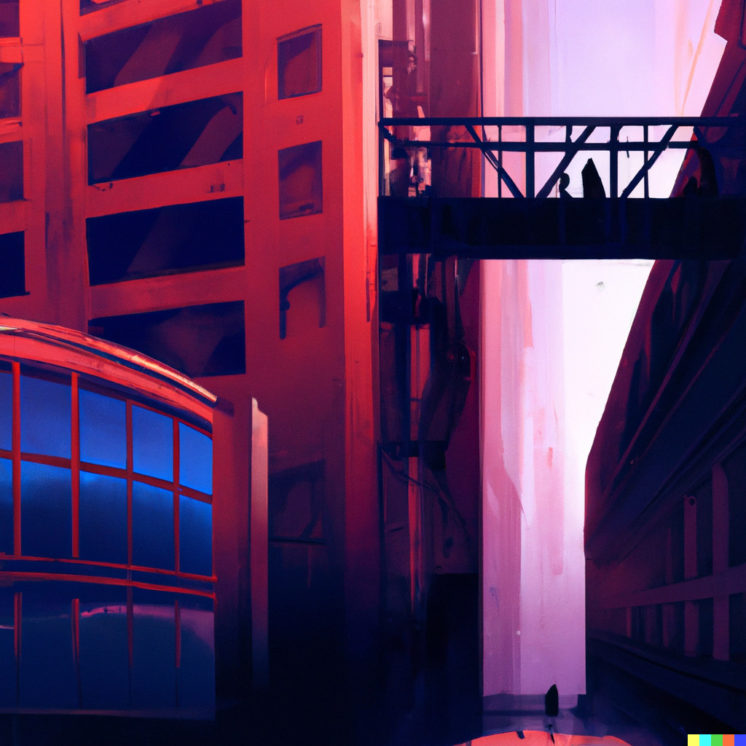
A synthwave-style image of downtown buildings, with people walking between the buildings across enclosed glass bridges that hang over an empty brick street, digital art.
Of course, paintings and photographs aren’t the only possible outputs. The program will also attempt to generate an image for any object you describe.
Most of my queries, however, remain directed toward trying to create some Duluth art for my wall, like this attempt at a watercolor painting of a bridge over the Lester River.
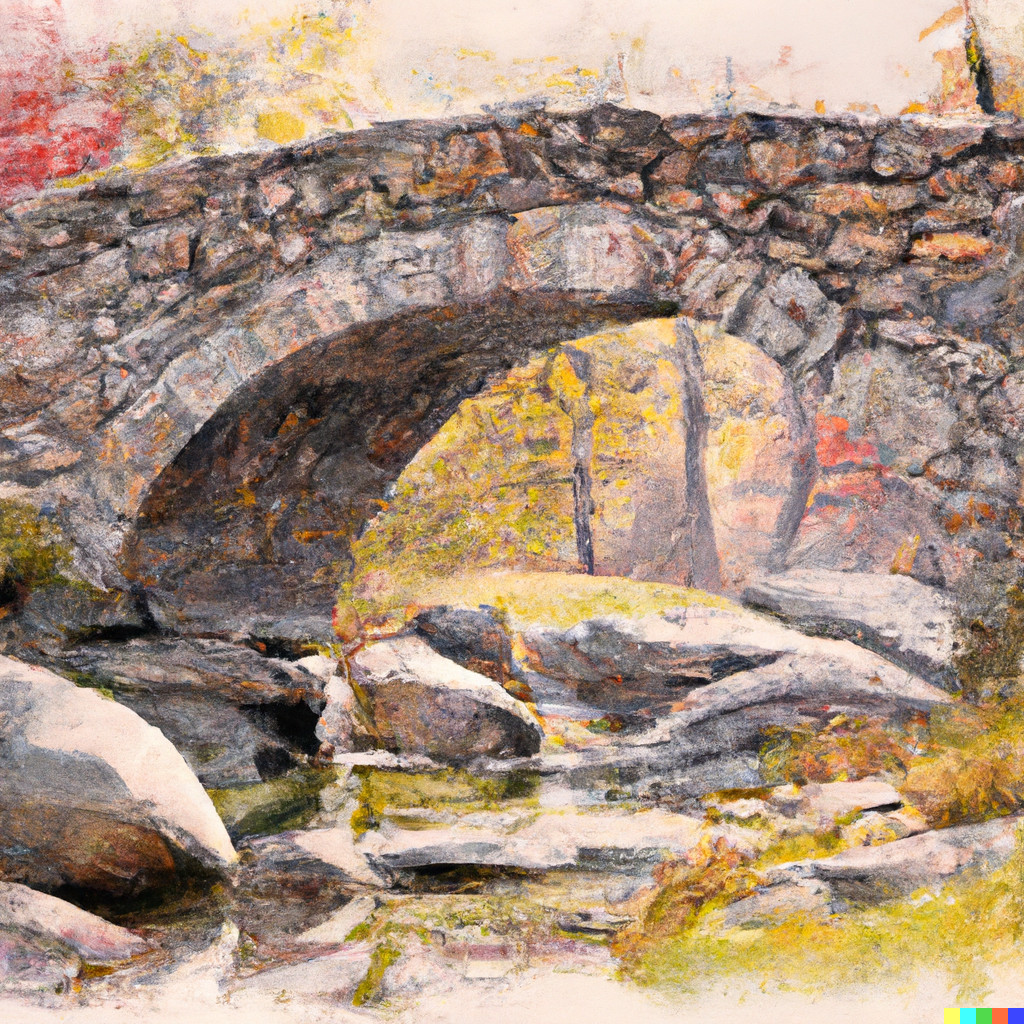
A watercolor painting of an arched brown stone bridge over a stream, with large grey rocks on both sides of the water and autumn trees next to the rocks.
None of these AI-generated images are quite as nice as the print that I found in the Lincoln Park shop, but I remain hopeful that something incredible is just one well-formulated query away.
If you think you know what that query might be, feel free to put it in the comments and if I still have some credits left, I’ll give it a try and post the result.
Recommended Links:
Leave a Comment
Only registered members can post a comment , Login / Register Here


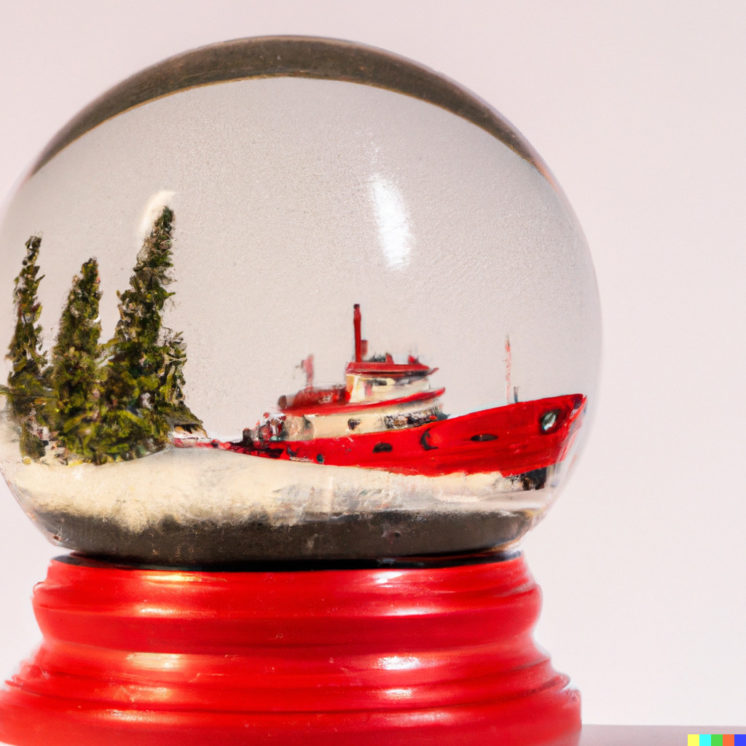
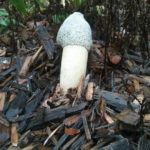
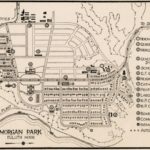
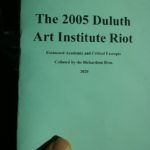
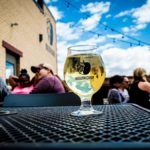







7 Comments
Ghist1
about 2 years agoMatthew James
about 2 years agoDave Sorensen
about 2 years agoPaul Lundgren
about 2 years agoMatthew James
about 2 years agoMatthew James
about 2 years agoMatthew James
about 2 years ago